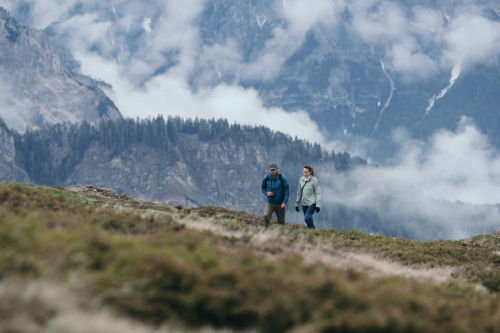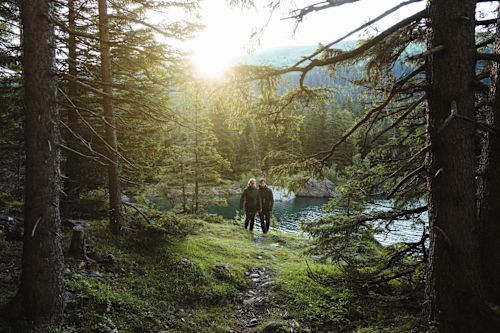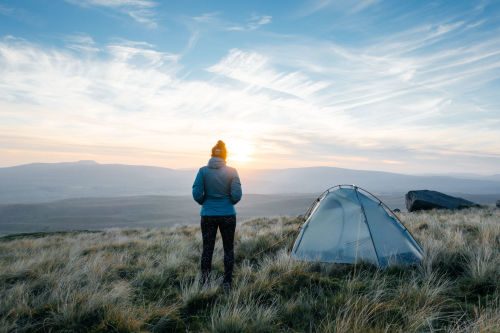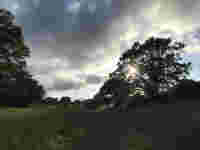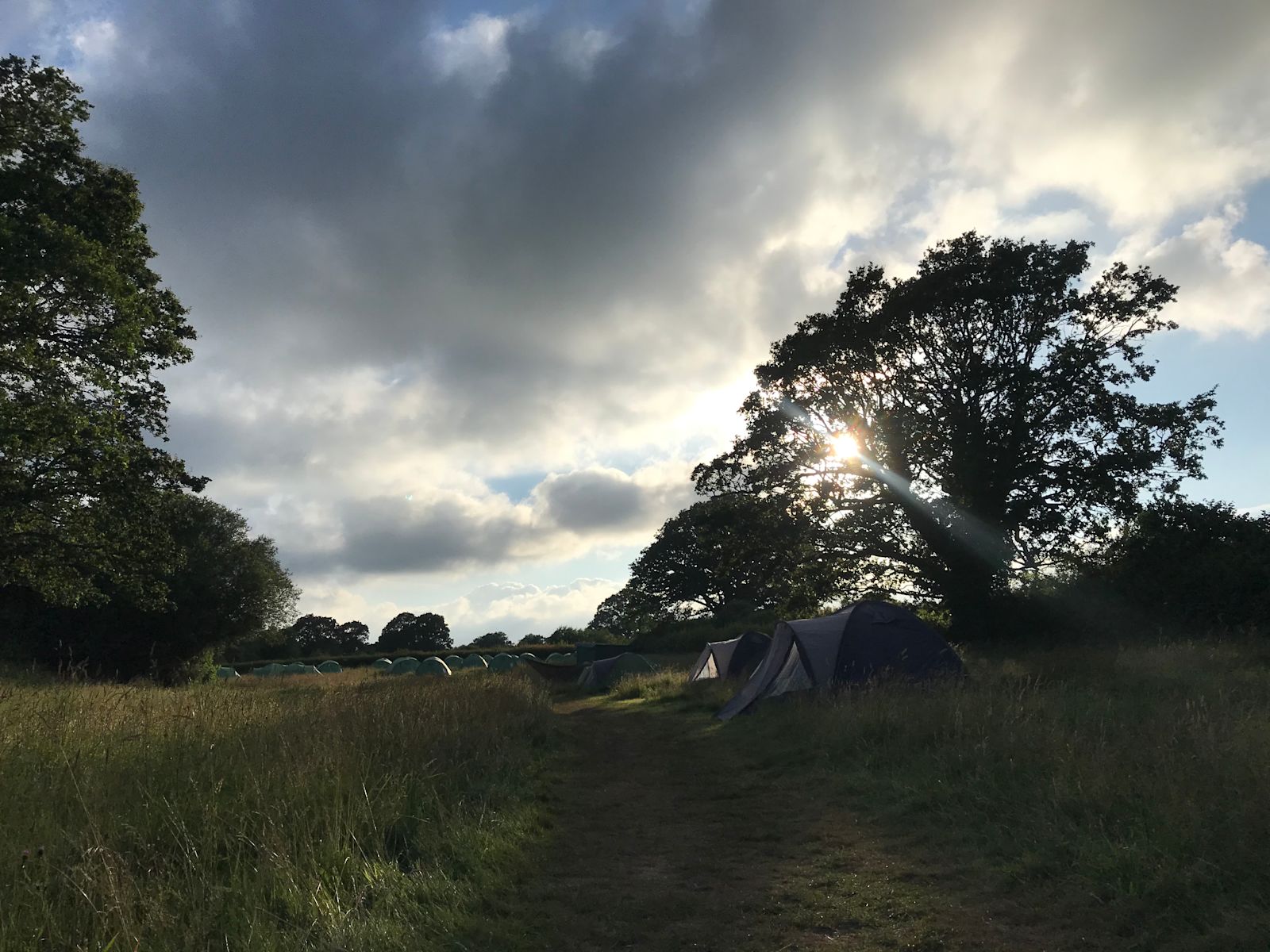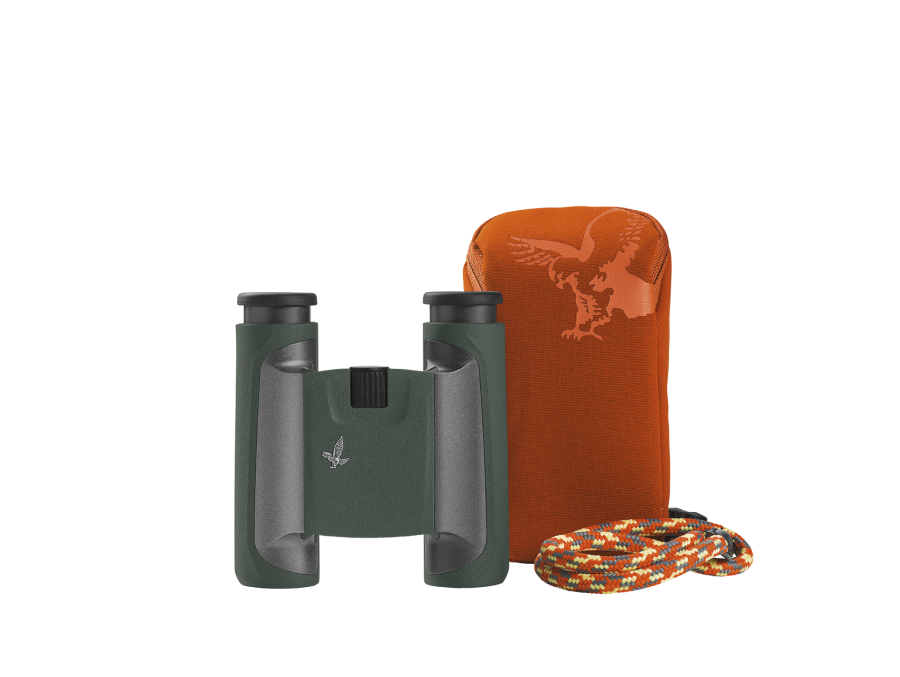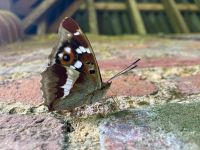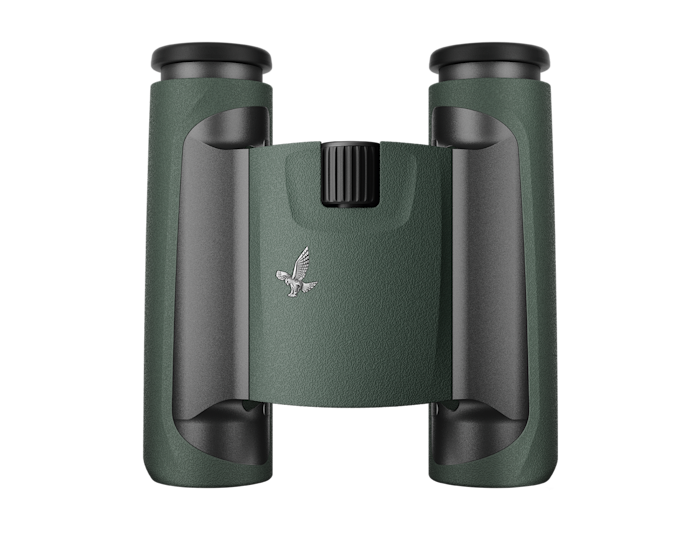I’ve always considered myself a wildlife person. It’s been my hobby, study, and job for my entire life. So, it wasn’t until getting my passion for wildlife back that I realized it had dimmed in the first place.
I used to work and study international wildlife conservation but over the last few years, the thing that has really kept me going is the unbelievable potential of UK wildlife. The biggest switch happened for me when I spent a summer researching, living, and working at the Kepp rewilding site in the south of England. This is really what prompted me, binoculars in hand, to delve into the wildlife that was right outside my window.
What is rewilding?
Rewilding can mean lots of things. When I think of it, I think of the process of reinstating large herbivores into ecosystems and then letting nature take the reins. I was always taught that natural succession happens in a straight line – everything goes from barren land to close canopy woodland in an unstoppable pattern. If we leave green spaces alone, they eventually (over many, many years) become forests. But is that a good thing? And is that how it should be?
How Europa could look like
Once upon a time, there would have been huge numbers of megafauna all over Europe. These animals would have been a hugely influential part of the ecology. Grazing animals are a force of natural disturbance, they prevent vegetation succession, and stop everywhere turning into closed canopy woodland. Don’t get me wrong - woodlands are lovely! But if we had the same habitat everywhere, we’d get the same organisms living everywhere. Diversity in habitats allows for diversity in everything else too.

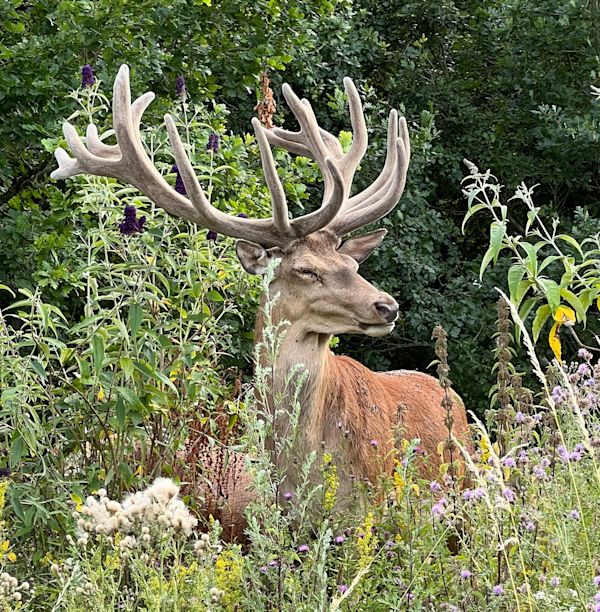
animal disturbance vs. vegetation succession – generates habitat complexity and biodiversity. Animals like:
• European Bison
• Elk
• Tarpan (the original wild horses)
• Aurochs (the original wild ox)
• Beavers
• Wild Boar
• Red Deer, and
• Roe Deer
would have been munching away and having an enormous impact. Their different styles of grazing and physical disturbance – trampling, puddling, rootling, rubbing, snapping branches, de-barking trees, dispersing seeds - would have created a complex mosaic of habitats.
Europe would have been a dynamic, shifting landscape of trees, scrub, grasslands, groves, and thorny thickets. A wood pasture landscape system that was characterized by large areas of grazed land and thorny scrub with groves and open-grown mature trees. It would have been a similar landscape to what we see in the African savannah today.
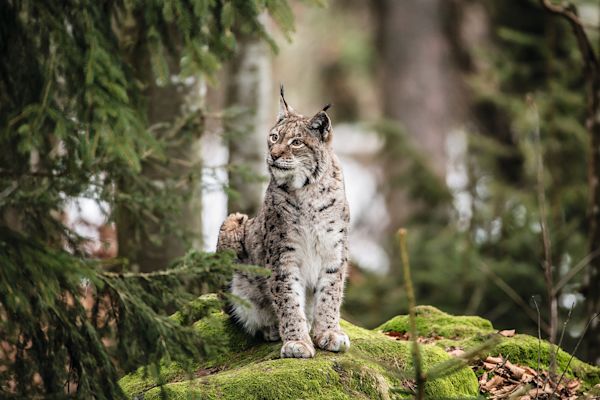
The role of
predators
Predators like bears, lynx, wolves, and wolverines would have played a huge role in the ecosystem too, stopping herbivore numbers from getting out of control. The “necrobiome” would have been a key part of the ecosystem as well, meaning that dead animals or plants lying around would be utilized by tons of other species. Reintroducing large herbivores can help nature take back the reigns and do what it does best - work in perfect balance.
Back into the future?
Rewilding pioneer Frans Vera says, “the intention is not to try to recreate the past. That will always be impossible. Our world is irrevocably changed. But we can try to create something interesting and valuable with nature, using the components left to us”.
It wasn’t until seeing it for myself that I really started to feel hopeful about the future of British wildlife and to see the potential that the hard work people are putting in across the country truly holds.
“To me, rewilding is the process of reinstating large herbivores into ecosystems and then letting nature take the reins.”
Bethany Newark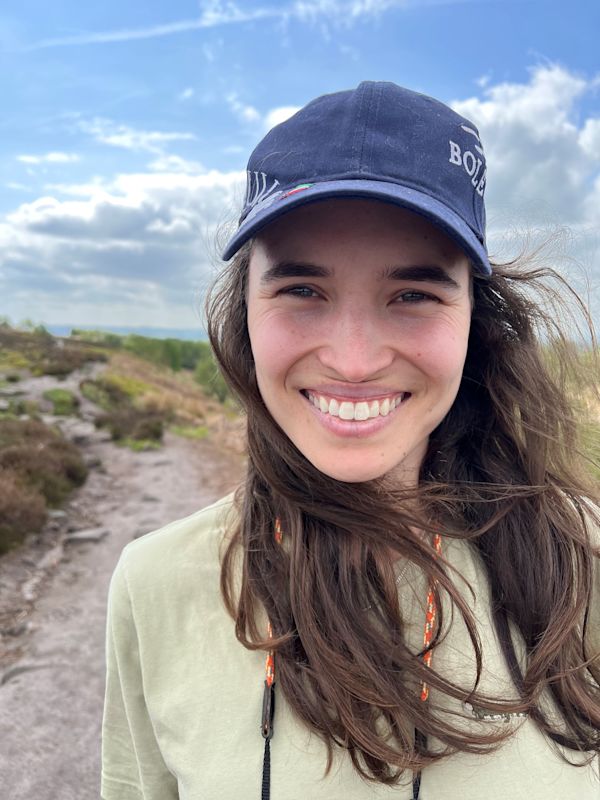
About the author:
Bethany Newark
Bethany Newark is a wildlife conservationist based in the UK. Beth has worked for wildlife organizations all over the world, but British wildlife is where her passion really lies. Beth specializes in wildlife communications and helping spread knowledge and passion for nature to different audiences through her TikTok (@beths_nature) and Instagram (@beths_nature) channels.

